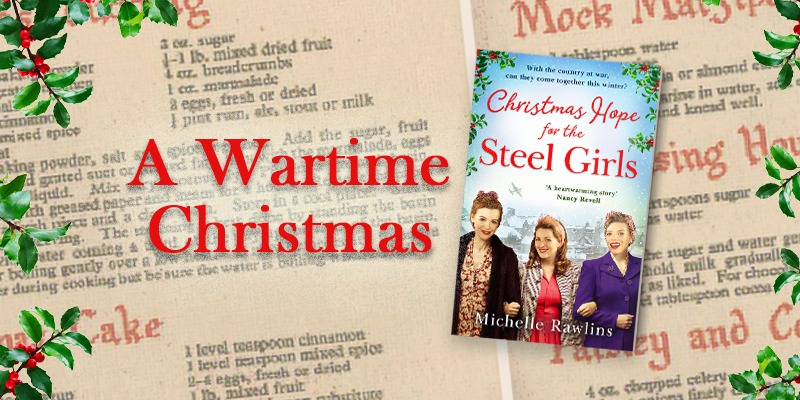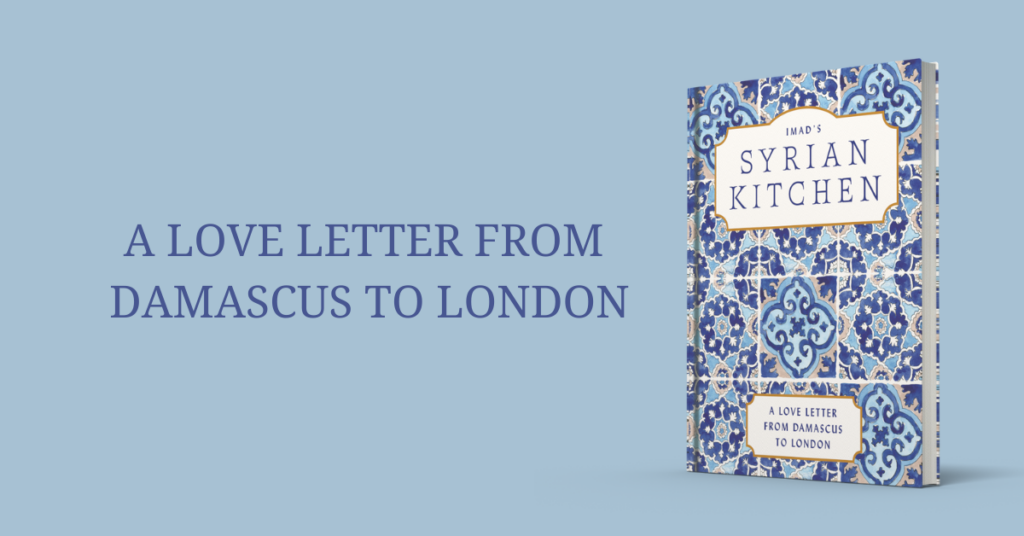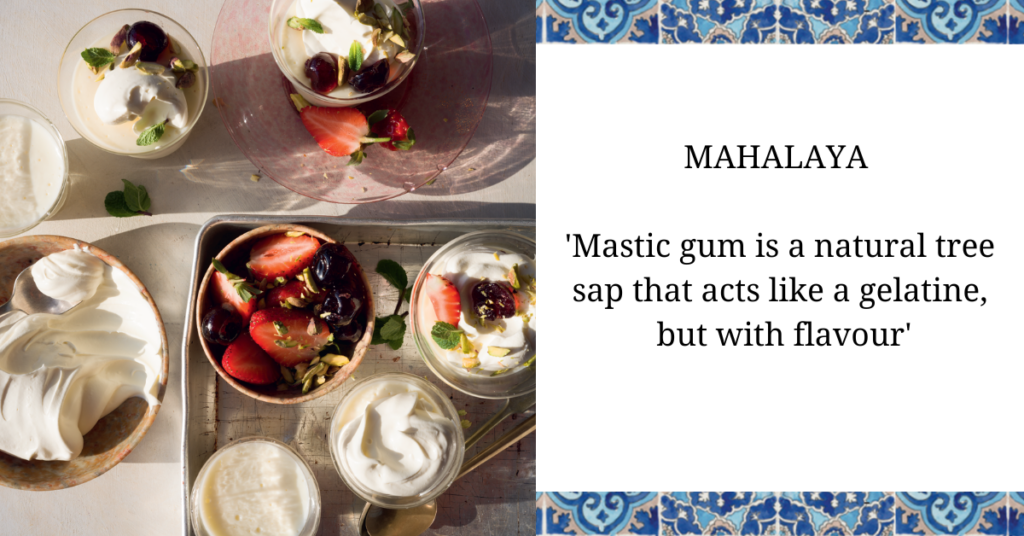Author Michelle Rawlins joins us to share some authentic traditional recipes that her Steel Girls might have enjoyed during the war!
For many, creating the perfect Christmas Day meal involves copious amounts of planning, countless trips to the butcher, searching the latest recipes and making sure your roast potatoes come out of the oven at the exact moment when you are due to serve the turkey.
The whole festive period is encased in traditions that we have all created for ourselves, and ones we strive to adhere to every year to make the day as special as possible.
But during my research for Christmas Hope for the Steel Girls, I spent a lot of time discovering how our formidable wartime generation coped with the introduction of rationing at the same time as making sure they didn’t waste a single penny of their limited hard-earned wages.
The Ministry of Food was established and distributed leaflets, helping the public come up with meals which would nourish their families and could be cooked up within the restraints of the limitations war had created.
Meryl White, who runs a blog, Grandma Abson’s Traditional Baking, and gives talks on wartime cooking, explained:
“They were much tougher times back then; it was very much a make-do-and-mend society.
The word ‘treat’ wasn’t used in the same context as it is today, but that didn’t mean people weren’t happy or didn’t have traditions. They knew how to cook with what little they had and did the best they could to ensure, like today, their families ate well on Christmas Day, creating a meal that stood out from the rest of the year.
They may not have had luxuries by today’s standards, but they ate well and were grateful for every mouthful.”
Meryl has shared some of the staple recipes our wartime generation would cook up to make Christmas Day fit for a king.
Lord Woolton Pie
In newspapers and wartime radio cookery programmes, the infamous Lord Woolton Pie, became a regular staple, and for those who couldn’t afford a chicken, this simple but nutritious heavily based vegetable meal adorned many a Christmas table.
- 1lb each of Potatoes, cauliflower, swede, carrots
- 4 Spring Onions
- 1tsp Vegetable Extract
- 1 Tbl Spoon of Oatmeal
Simmer in a pan with just enough water to cover | After just softened, allow to cool then pour into a pie bowl, top with parsley (if available) and top with a layer of potatoes or homemade wheatmeal pastry | Bake in a medium oven until pastry is golden & serve hot with gravy.
Mincemeat for mince pies
Mince pies were enjoyed, but not the type we buy in supermarkets today or splash out on from delis or farm shops. Instead our wartime generations would start from scratch and make their own filling if they could get hold of enough dried fruit. Having relatives in South Africa was a bonus, as they would send over plentiful packages of the vital ingredient.
- 6oz raisins
- 4oz chopped mixed peel
- 4oz sultanas
- 1/2lb cooking apples
- 4oz shredded suet
- 6oz soft dark brown sugar
- 1 each lemon & orange – grated rind and juice
- 1oz shelled almonds, cut into slithers
- 2oz mixed spice
- ¼ oz grated nutmeg
- 3tbl spoons of brandy
Mix everything except the brandy into a large bowl | Cover with a cloth and leave for 48 hours | Then pour into a bowl and cook on a cool oven for 3 hours | Allow to cool | Stir in brandy & pack into clean jars | Cover with wax discs, seal and label.
Sydney Fruit Cake – note: no expensive alcohol or elaborate dried fruits, just very simple
And for those who could save up their butter rations, a good old Christmas Cake (using cheap alcohol and the simplest of dried fruits as opposed to dates and figs) would see them through until the New Year.
- ½ lb self-raising flour
- ¼ lb sugar
- ¾ lb of dried mixed fruit
- 2 eggs
- ¼ lb melted butter
- ¼ tsp mixed spice
- ¼ tsp nutmeg
- Tea cup of milk
- Pinch of salt
- Vanilla essence
Put all ingredients in a basin | Beat for 4/5 mins | Turn into a dish | Bake on a low heat for two hours.
Anzac Biscuits
For a simple sweet treat, Anzac biscuits – which first became popular during World War One – became popular due to how cheap they were to make and would keep for days, without going stale.
- 1 cup flour
- 1 cup brown sugar
- 1 cup coconut
- 1 cup quaker oats
- 4 oz/110g margarine or butter
- 2 tbsps golden syrup
- 1 tbsp hot water
- 1 tsp bicarbonate of soda
Mix all the dry ingredients together except the bicarbonate of soda | Just melt the butter and syrup then add them to the dry ingredients | Mix the bicarbonate of soda with the hot water and add to the mixture | Mix well | Roll into small buns and flatten a little | Place on a lined or greased tin and bake at 375F, Mark 5, 190C for 15 minutes or until (golden) brown.
Of course, there were plenty of other wartime hacks, including a meat free bone broth and Vinegar cake (another fruit cake substitute), to name but a few. Our wartime housewives became a dab hand at creating tasty meals using the little they had!
It may not be the scale of luxury which many enjoy today, but they were happy with their lot; tummies were full and there was an uncomplaining sense of gratitude that they had all done the best they could in the face of adversity and uncertainty.
Christmas Hope for the Steel Girls is out now!




